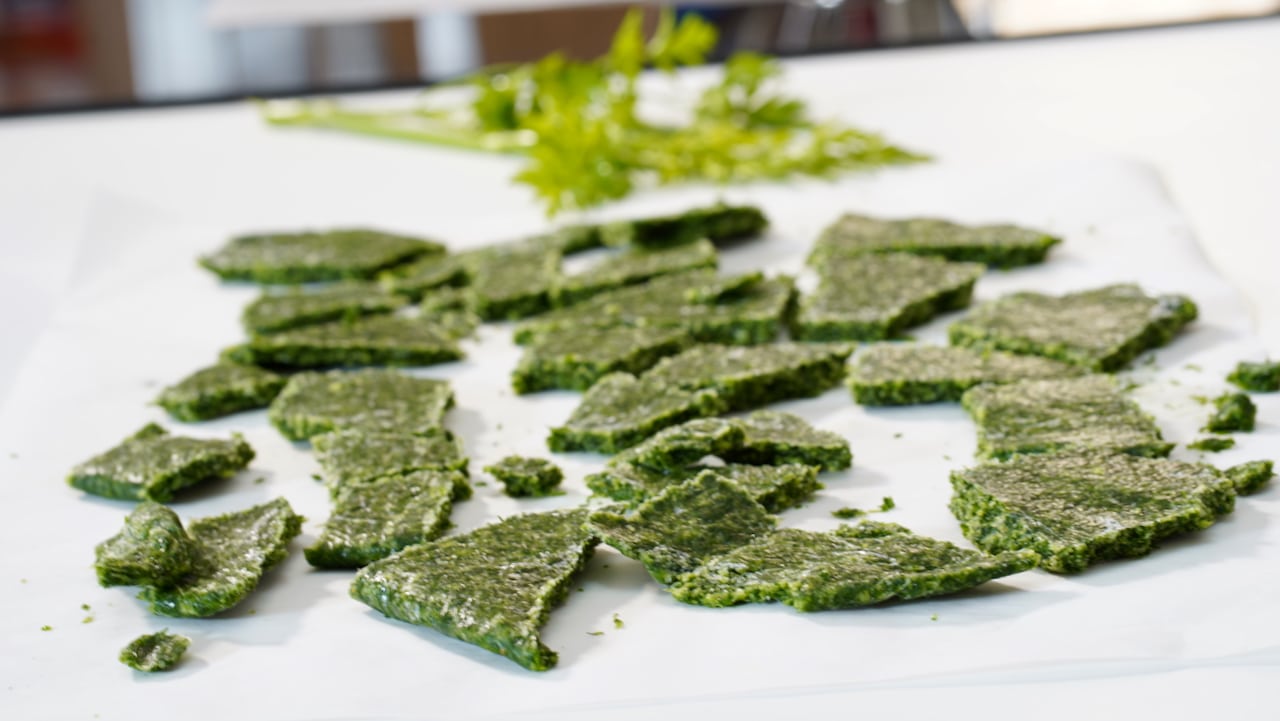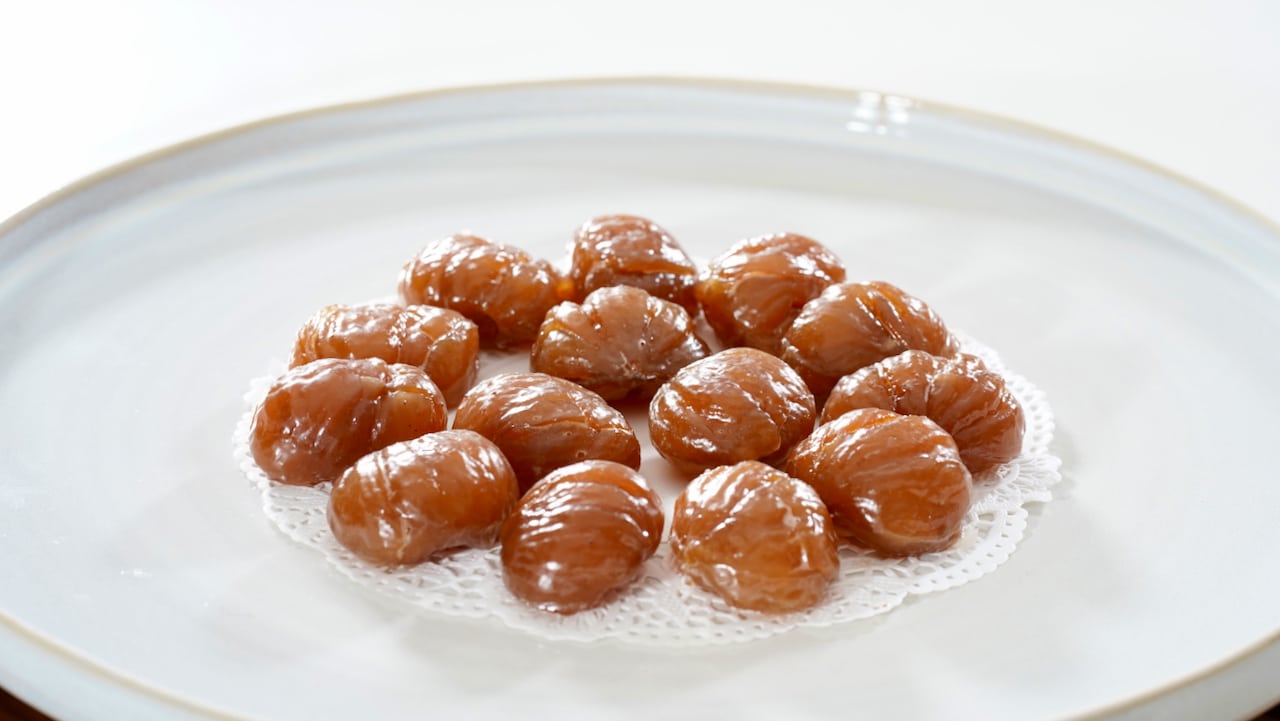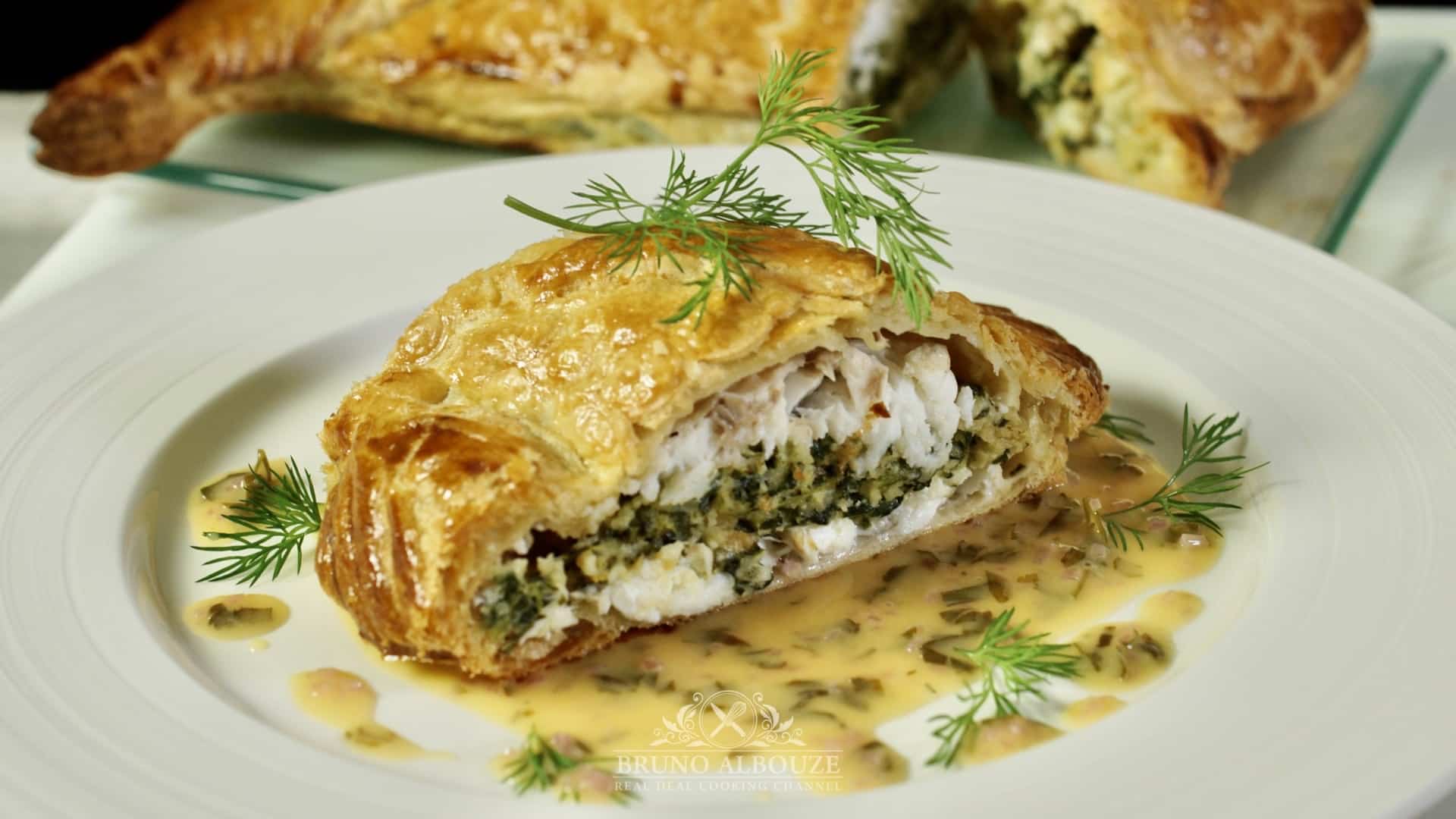Carrot-Ginger Baked Pork Samosas
Course: Entrees
Cuisine: French
Keyword: samosas.
Difficulty: intermediate
Prep Time: 45 minutes minutes
Cook Time: 45 minutes minutes
0 minutes minutes
Servings: 12
Calories: 135kcal
Cost: $20
The humble pork cheeks and the opulent, perfumed beauty of Black Muscat grapes…
Equipment
- 1 Frying pan
- 1 Baking tray
- 1 Large bowl
- 1 Rubber spatula
- 4 Deli containers or serving bowls
- 1 Box grater
- 1 Pastry brush
- 1 Cookie scoop 60g
- 1 Fish spatula
Ingredients
- 12 each Brick pastry
- 1 each Egg whites (slightly beaten with a pinch of salt) to seal samosas
Carrot-Ginger Baked Pork Samosas
- 400 g Braised pork cheeks, shoulder etc… Recipe
- 40 g Melted duck fat or clarified butter to grease brick pastries
- 200 g Shredded carrots
- 20 g Fresh ginger finely chopped
- 30 g Duck fat or butter
- 150 g Carrot juice
- 80 g Red onion spread to taste
- 50 g Sauce optional
Instructions
Baked Pork Samosas
- Scrub the carrots under running water. Using a vegetable peeler, peel the carrots. Slice off the stem end and the pointed tip. Shred carrots.
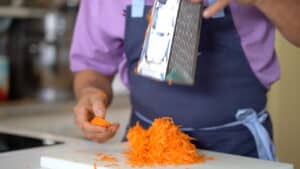
- In the sautoir you saved from the red onion confit, melt duck fat and add the shredded carrots and grated ginger. Cook 5 minutes on medium heat.
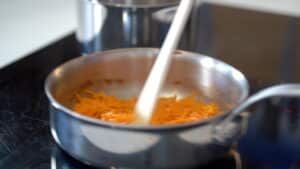
- Add carrot juice and cook 10 minutes on medium heat until most of the moisture has evaporated.
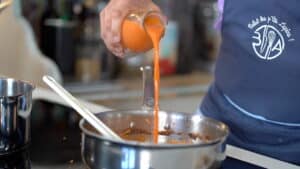
- Add meat scraps, red onion spread and sauce.
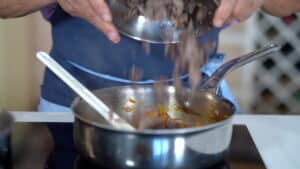
- Cook on low heat for 10-15 minutes. Let cool to room temperature.
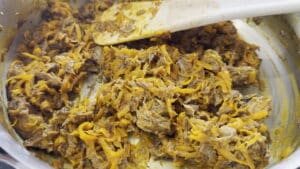
Filo vs Brick
- In the realm of delicate, layered pastries, two names often arise, sometimes confused but ultimately distinct in character and craft: Brick pastry and Filo dough. Filo (or phyllo) is the ghost of the pastry world. Its identity is not in its own substance, but in the negative space it creates. Each sheet is a nearly transparent membrane of flour and water, stretched to a fineness that seems to defy physics. It is stubborn, drying in a whisper of wind, and demands a baptism of butter or oil between every layer. The goal is not the sheet itself, but the collective. A baklava or spanakopita does not taste "of filo," but of the architecture filo makes makes possible—a thousand golden leaves that dissolve on the tongue with an airy, fragile crackle. It is a pastry of accumulation.

- Brick pastry (feuille de brick, or warka) is filo’s more robust, self-possessed cousin. While still thin, its sheets have a palpable presence. Made with wheat flour, it possesses a subtle elasticity and a soft, pliable strength that filo lacks. Where filo is built, brick is shaped. Its sturdiness makes it the perfect vessel for individual parcels like somosas. It needs no layering to achieve its signature texture; a single sheet, brushed with fat and folded around a filling, bakes into a complex landscape of its own. The result is a different kind of crisp—not the feathery shatter of filo, but a deeper, more caramelized crackle, often with a pleasingly chewy bite where the layers of the single fold meet.
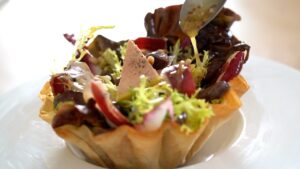
Samosa Folding
- Grease brick pastry with melted duck fat. Fold both corners to form a narrow rectangle.
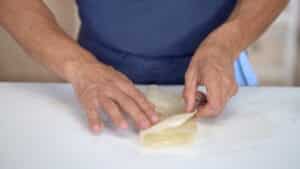
- Scoop out about 2 ounces/60-70 grams of baked pork stuffing.
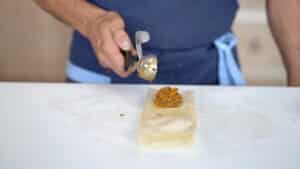
- To ease the folding process, square off stuffing first, and fold bottom over.
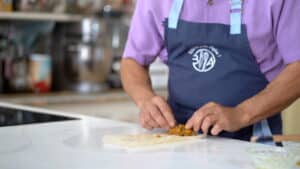
- Next, fold triangle right.
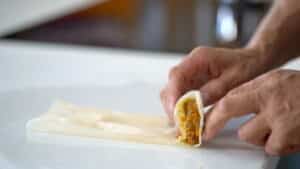
- Then fold triangle left.
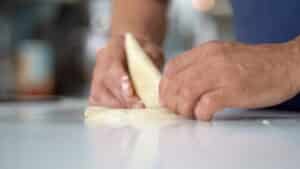
- Brush more egg whites.
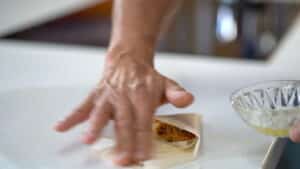
- Proceed to the final fold and press to seal. Repeat.
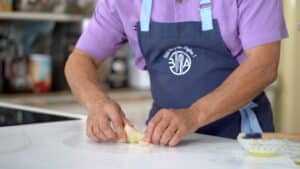
Searing Samosa
- Samosa can be both deep fried or seared on medium heat using a fair amount of duck fat, clarified butter or oil for 5 minutes on each side. Then finish them in the fan oven at 350ºF/180ºC for about 8 minutes.
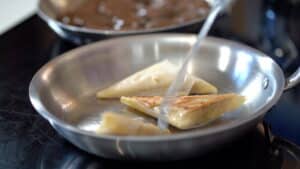
- Serve crispy samosas whole or cut in half.
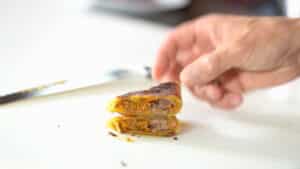
Nutrition
Serving: 100g | Calories: 135kcal

